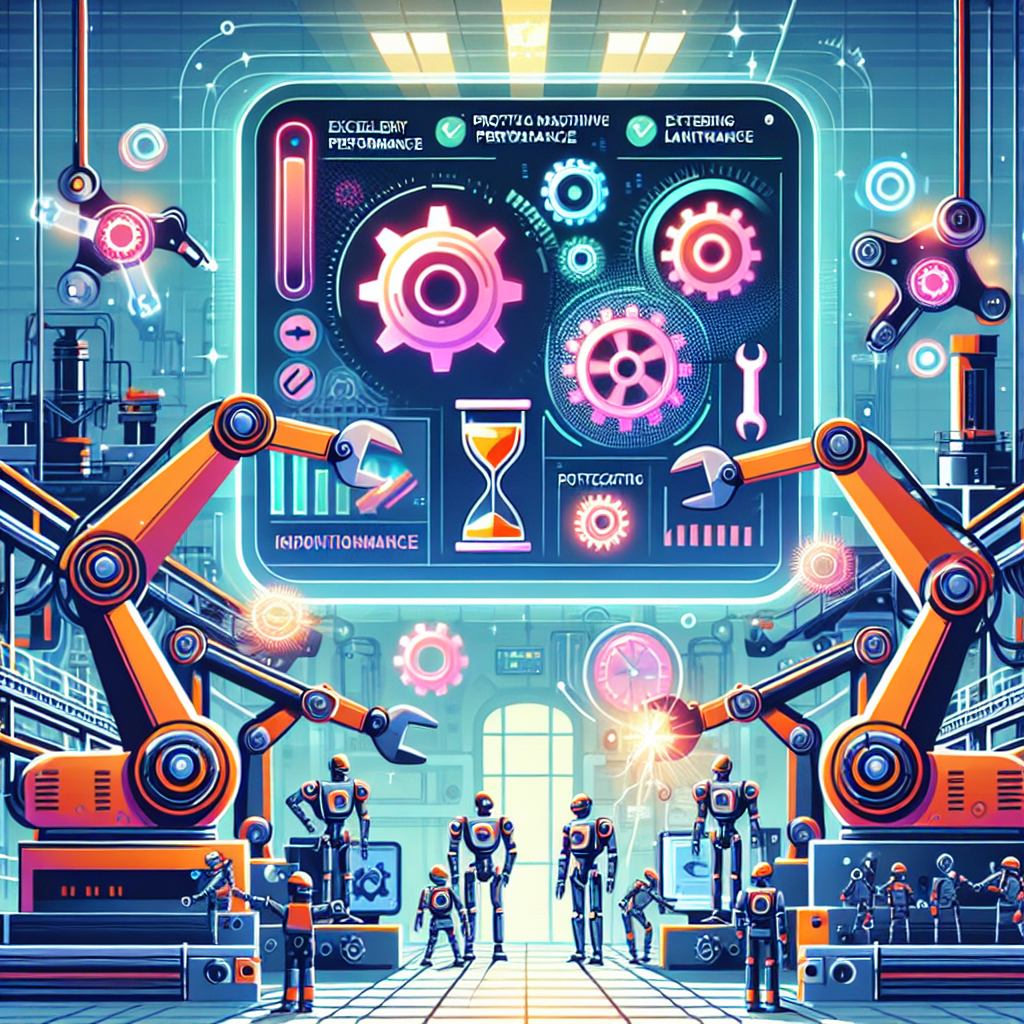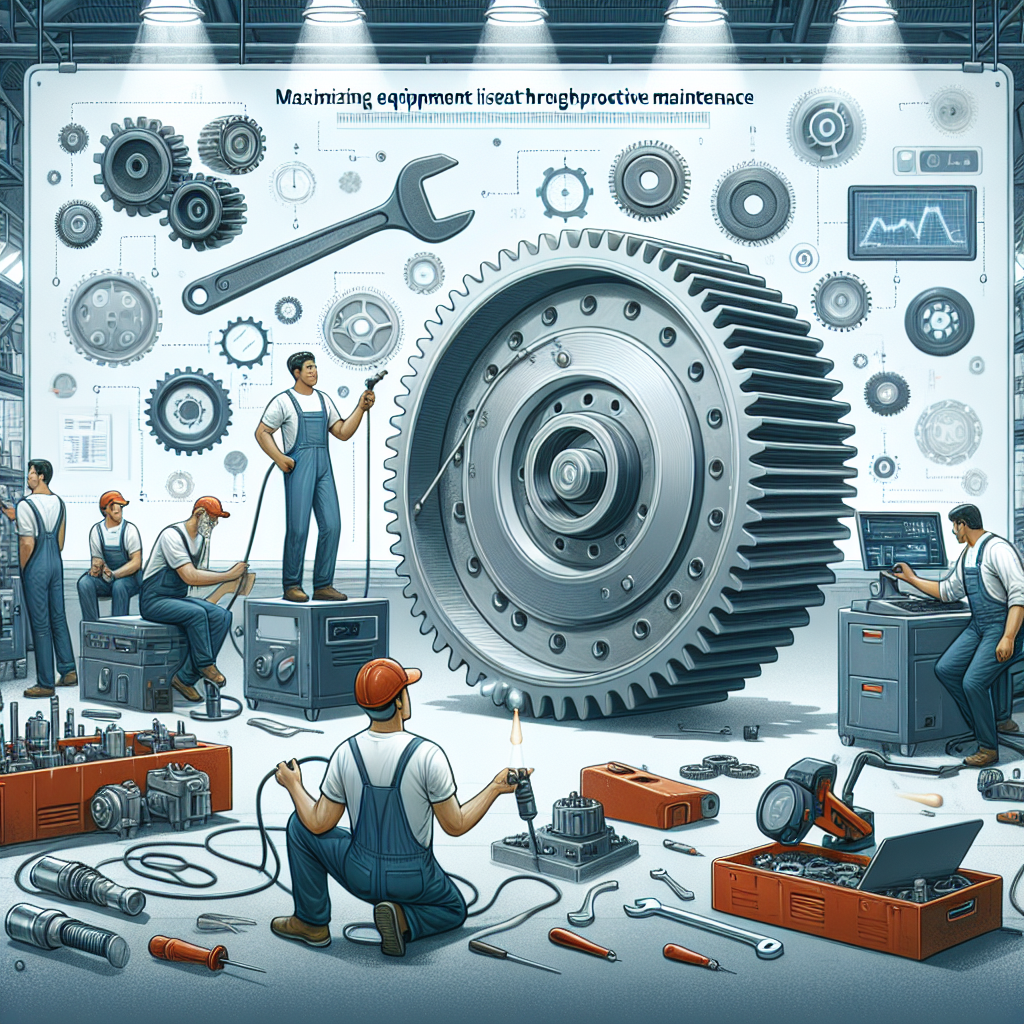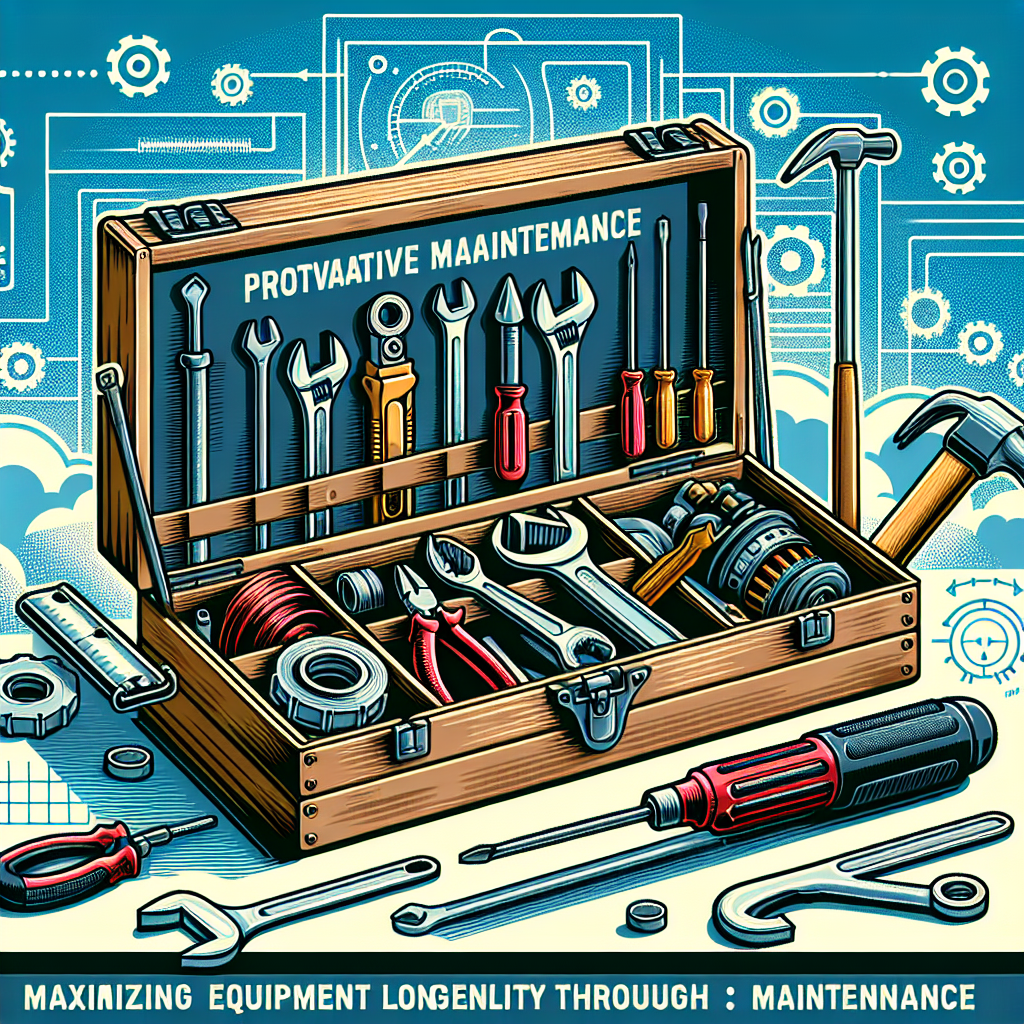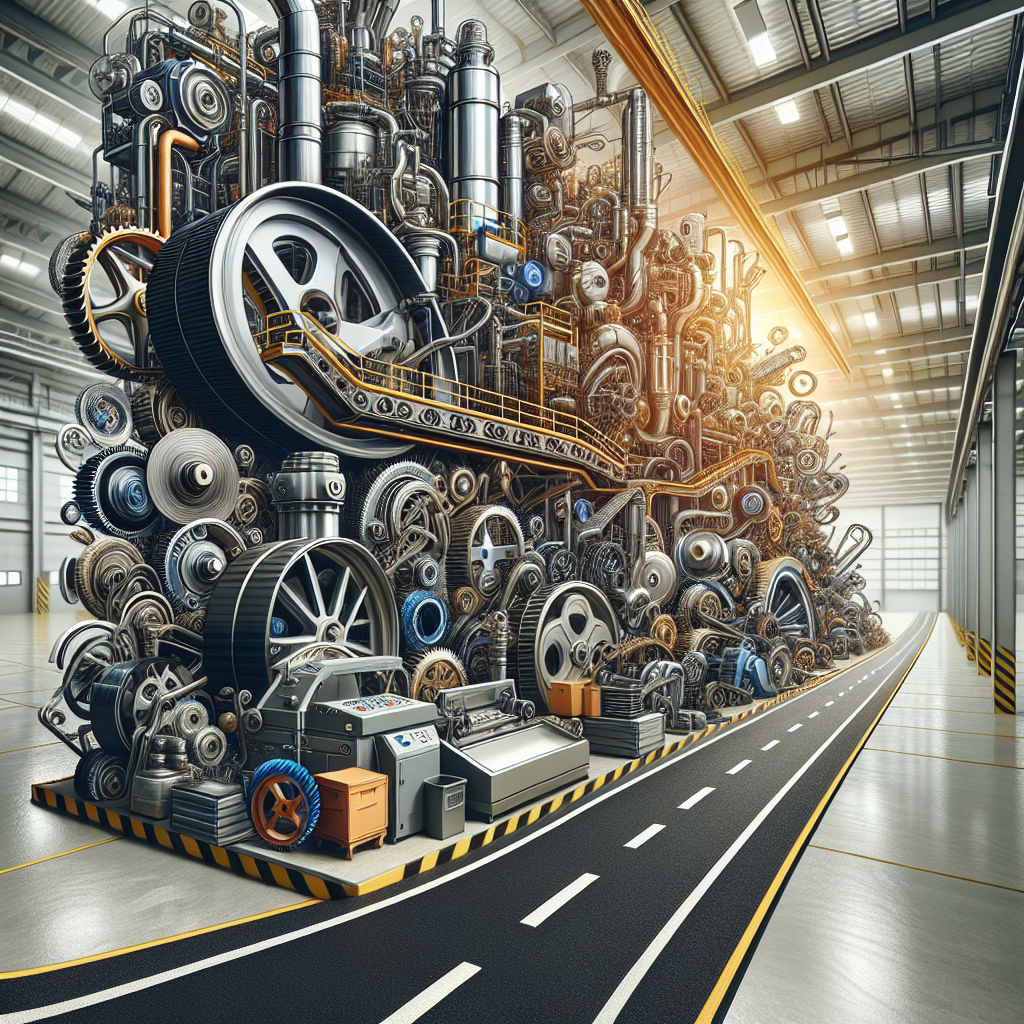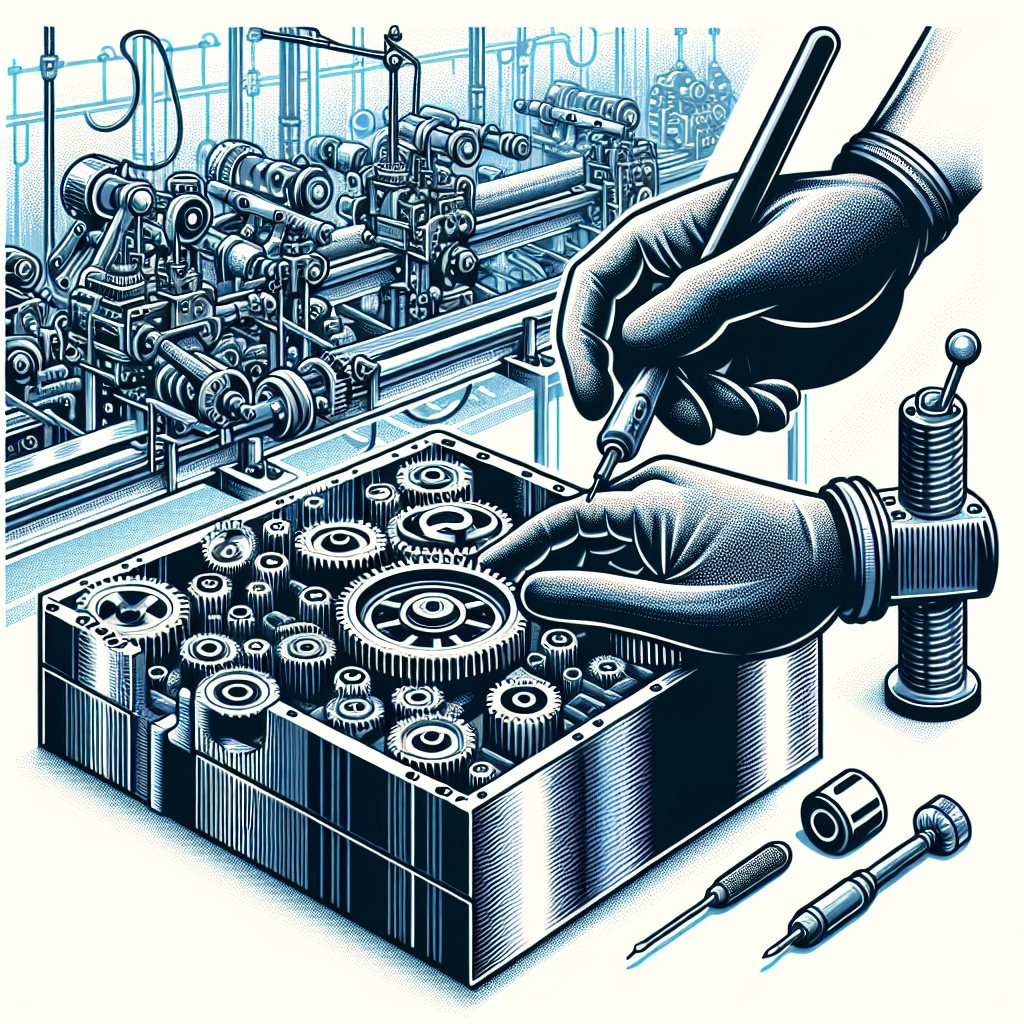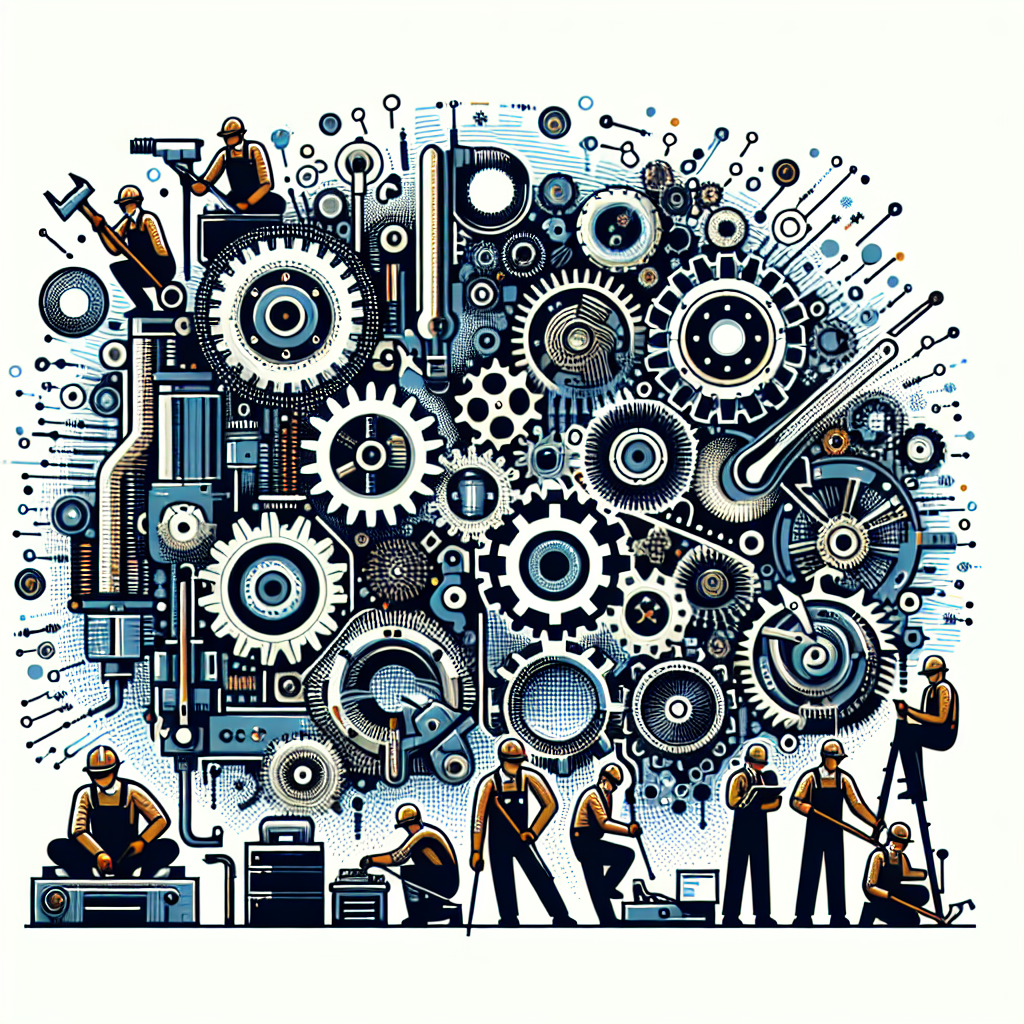Regular maintenance is crucial for extending the lifespan of equipment in any industry. Instead of waiting for something to break down or malfunction, proactive maintenance involves taking preventive measures to ensure that equipment stays in optimal condition for as long as possible.
Proactive maintenance involves a systematic approach to monitoring, inspecting, and servicing equipment on a regular basis. By identifying potential issues before they escalate, proactive maintenance can save time and money in the long run. Here are some ways that proactive maintenance can help extend the lifespan of equipment:
1. Preventing breakdowns: By regularly inspecting equipment and identifying potential issues early on, proactive maintenance can help prevent costly breakdowns and downtime. This can help avoid production delays and keep operations running smoothly.
2. Increasing efficiency: Proper maintenance can help equipment operate more efficiently, leading to reduced energy consumption and lower operating costs. Regularly cleaning and servicing equipment can ensure that it is running at peak performance levels.
3. Improving safety: Regular maintenance can help identify safety hazards and prevent accidents from occurring. By addressing issues proactively, you can create a safer work environment for employees and reduce the risk of injuries.
4. Extending equipment lifespan: By taking care of equipment and addressing maintenance issues promptly, you can extend the lifespan of your equipment. This can help you get more value out of your investment and avoid the need for costly replacements in the future.
5. Maintaining warranty coverage: Many equipment warranties require regular maintenance to remain valid. By staying on top of maintenance tasks, you can ensure that your equipment remains covered under warranty and avoid any potential issues with warranty claims.
In conclusion, proactive maintenance is essential for extending the lifespan of equipment in any industry. By taking preventive measures to keep equipment in optimal condition, you can prevent breakdowns, increase efficiency, improve safety, and ultimately save time and money in the long run. Investing in proactive maintenance is a wise decision that can help you get the most out of your equipment and keep your operations running smoothly.
